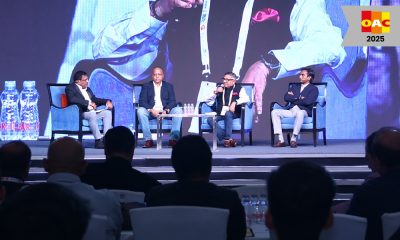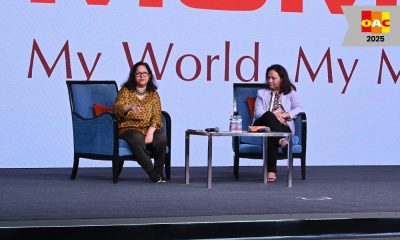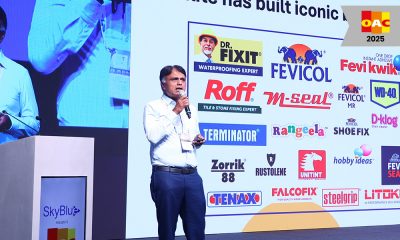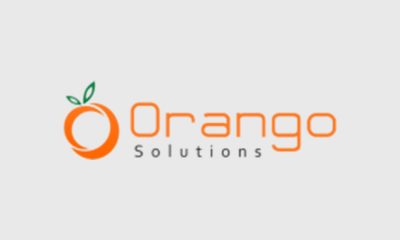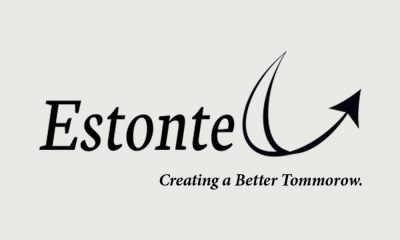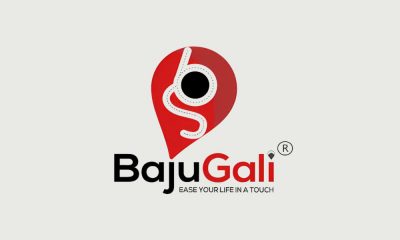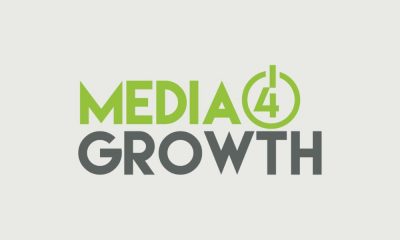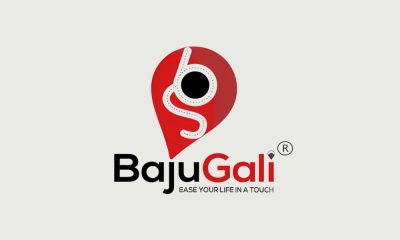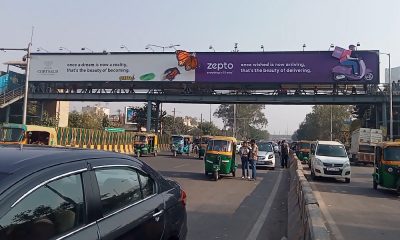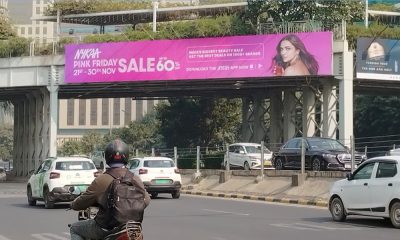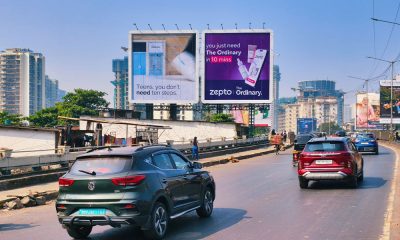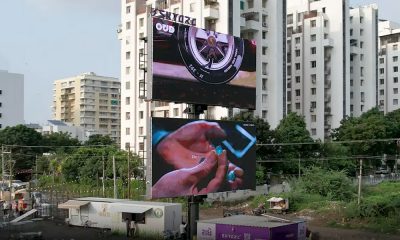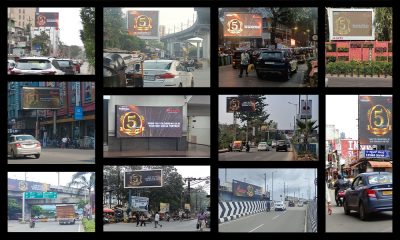OAC
Industry leaders explore the path to take OOH beyond commoditization
In one of the most honest conversations at OAC 2025, top minds came together to discuss why OOH is being commoditised and how innovation, storytelling, accountability and measurability can elevate its status.
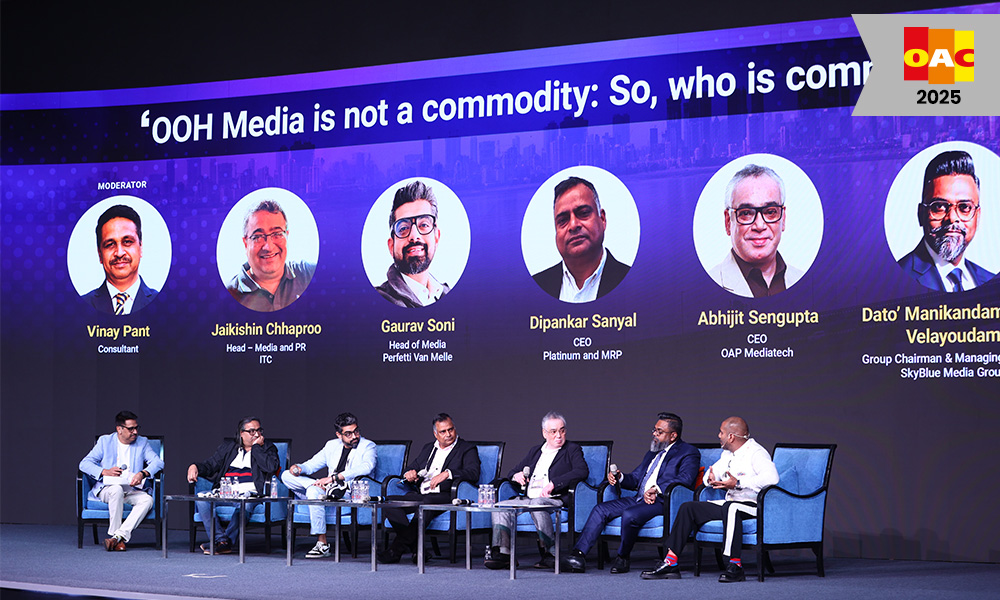
Decades of combined experience contributed to the panel discussion on the theme ‘OOH Media is not a commodity: So, who is commoditising it?’ sparking one of the most candid and important conversations at OAC 2025.
Moderated by Consultant Vinay Pant, the session brought together some of the leading industry minds – Jaikishin Chhaproo, Head Media & PR of ITC; Gaurav Soni, Head of Media of Perfetti Van Melle; Dipankar Sanyal, CEO of Platinum and MRP; Abhijit Sengupta, CEO of OAP India; Dato’ Manikandamurthy Velayoudam, Group Chairman & Managing Director of SkyBlue Media Group; and Junaid Shaikh, Managing Director of RoshanSpace Brandcom.
The growing gap between marketing and procurement
Setting the tone for the discussion, Dipankar Sanyal recalled an interaction from two decades ago with a CMO who pointed out how media buying had become overly focused on pricing. Dipankar said, “Rate is, of course, important, but the overemphasis on cost has pushed marketing and procurement into silos.”
The growing disconnect between these two departments has led to procurement decisions that lack marketing intent, which further results in campaigns missing the mark. As media partners chase the lowest cost, the real value of OOH gets lost in translation, he pointed out.
‘We’ve stopped speaking the brand’s language’
Adding to the introspection, Abhijit Sengupta said, “We are not just witnesses to commoditisation; we are contributors.” The industry, he mentioned, has moved away from storytelling and brand-centric conversations to transactional dialogues about rates.
So, what is the solution? Bring brand thinking back to the table. Instead of selling square feet, start selling stories. This was the message that came out from the discussion.
More for less?
Junaid Shaikh, representing the media owner’s view, traced the journey of OOH from its early roadside billboard days to the era of tech-enabled assets. He mentioned, “Back then, brands would block hoardings for months or even years. Today, even after building world-class billboards using data like visibility and traffic, media owners are constantly asked to reduce prices,” he pointed out. “We’re in a market where prices keep going down, even though costs keep going up. No other industry is expected to give more for less like OOH is,” he rued.
Innovation is the answer
According to Dato’ Manikandamurthy Velayoudam, the only way commoditisation can be fought is through innovation. Sharing his experience in Dubai, he talked about the transformation of underused bus shelters into fully branded ‘Brand Stations’, emphasizing how clients don’t pay for space, they pay for ideas.
What clients really want
From the client side, Jaikishin Chhaproo and Gaurav Soni pointed to brands now expecting more from OOH but which they often don’t get. “We’re in an attention economy,” Jaikishin said. “If you can’t prove how OOH helped my brand or sales, why should I spend on it?”
Gaurav also added that today’s marketing demands smart and tech-based OOH like ads that change with the weather or location-based targeting using AI.
The angle of measurement
All industry leaders on the panel agreed that OOH’s biggest weakness was the lack of clear and trustworthy measurement tools. As they pointed out, “Sometimes, billboards are changed before the campaign ends. There is often no proof that the ad ran for full duration. This makes brands hesitant to spend big on OOH.”
Junaid in fact pointed to instances where clients are not sure how long their campaigns ran, while Dato shared that his team uses AI-driven tools to track time, engagement, and even emotion in OOH campaigns.
Moving forward, value is everything
As the panel discussion drew to a close, the panelists reaffirmed that the future of OOH belongs to those who dare to think differently. The commoditisation of OOH is not simply a price problem; it’s a creative disconnect. There is also an urgent call to move beyond static templates. Well, the message is loud and clear – OOH needs to become bold, creative and measurable.



